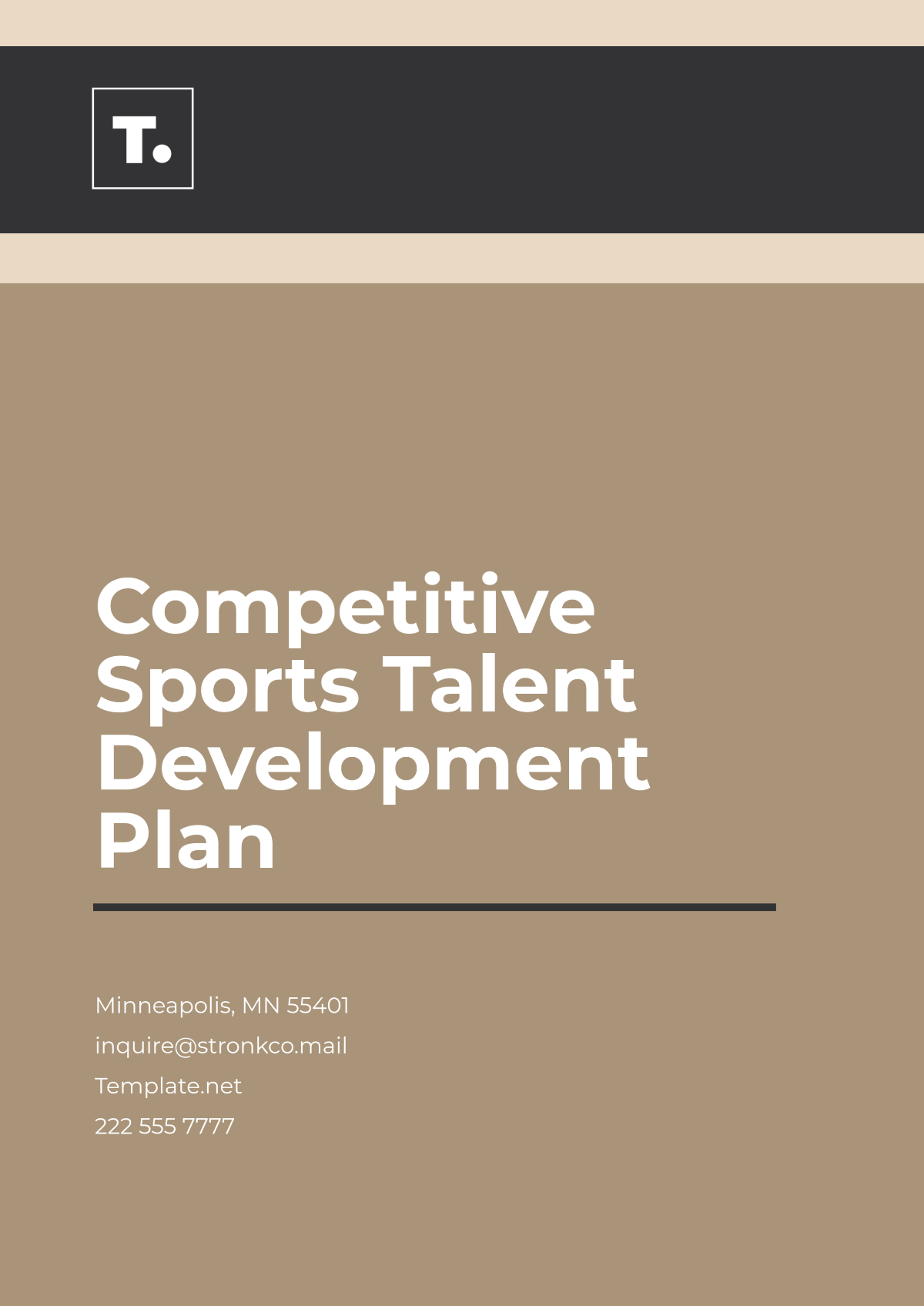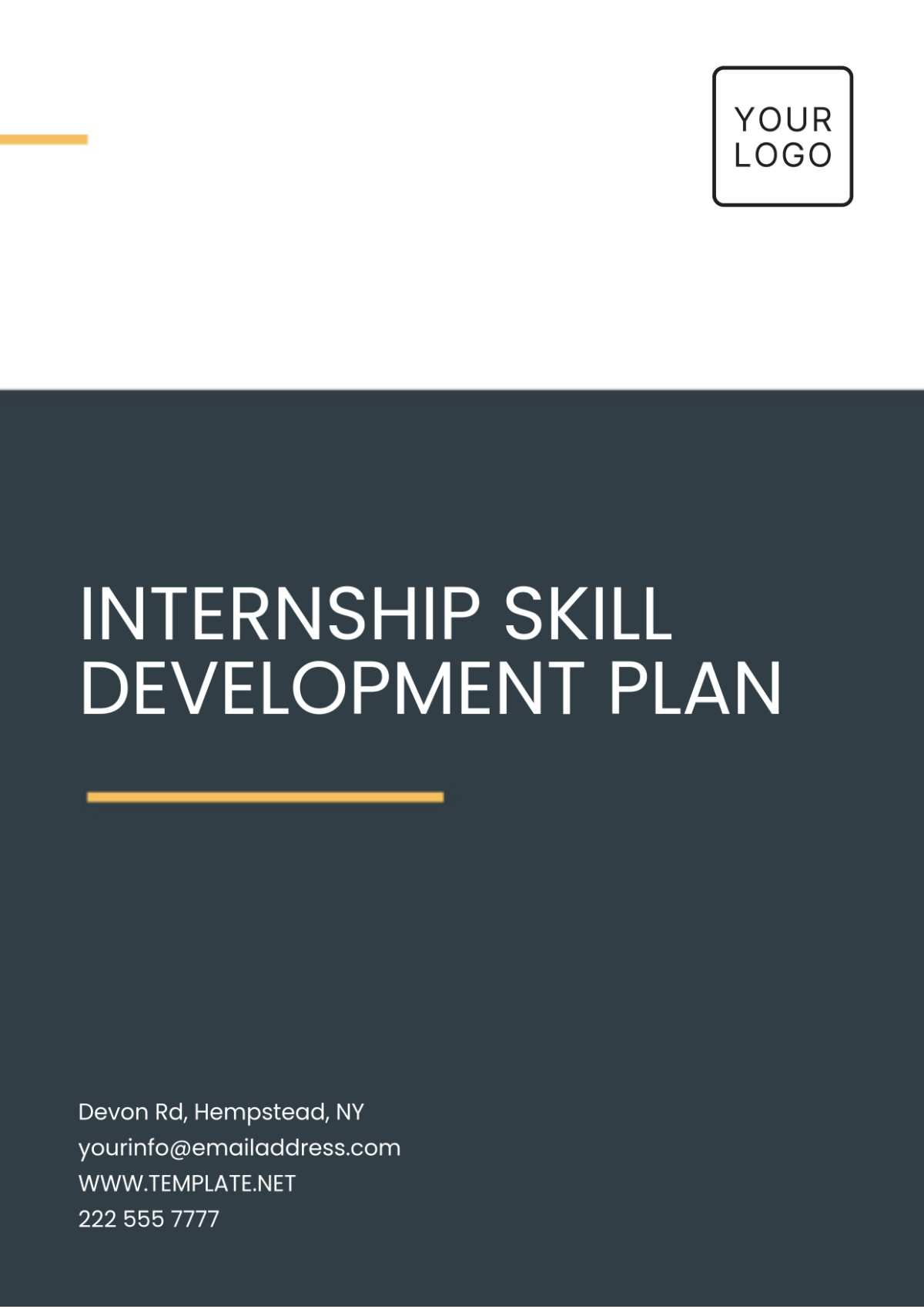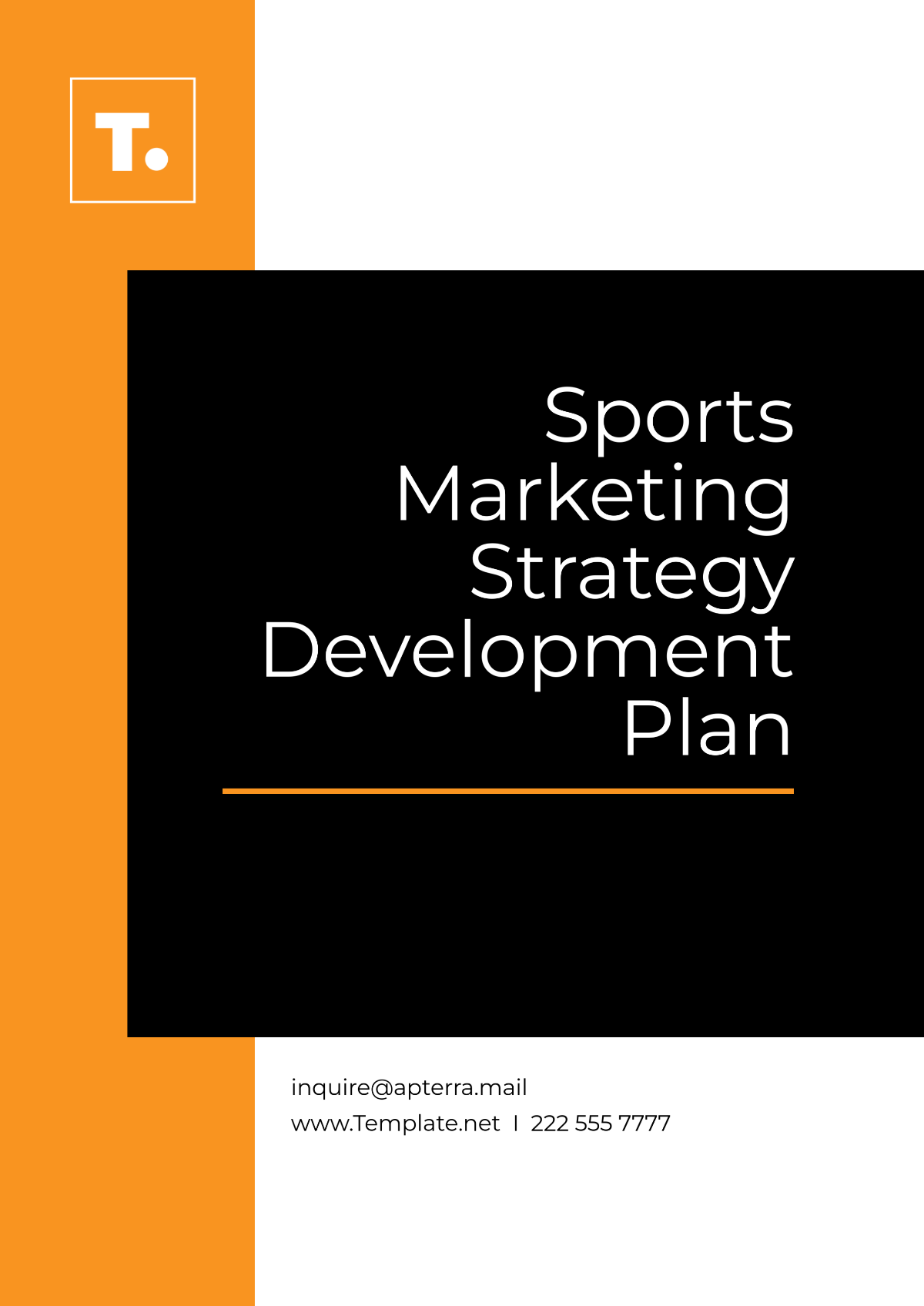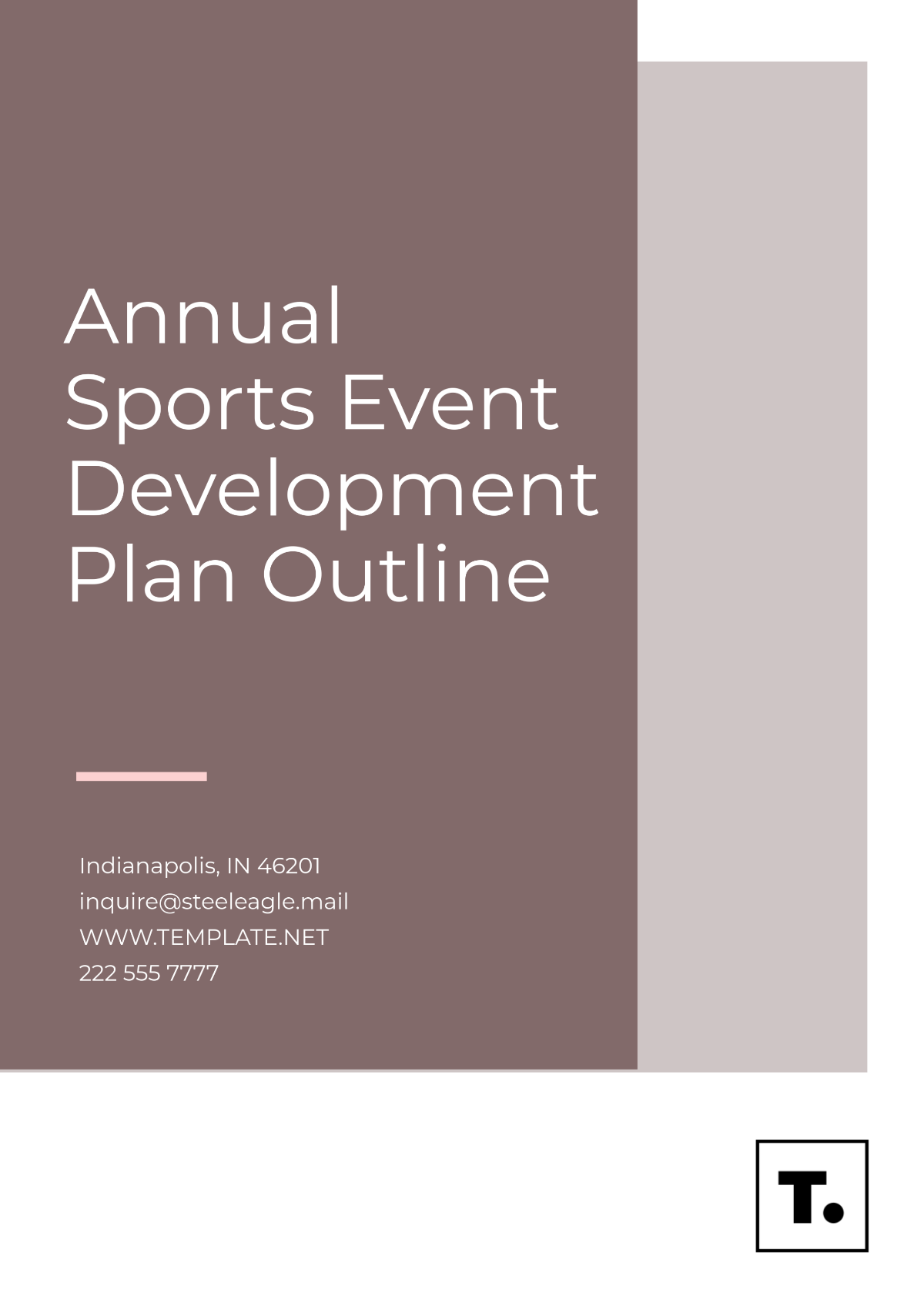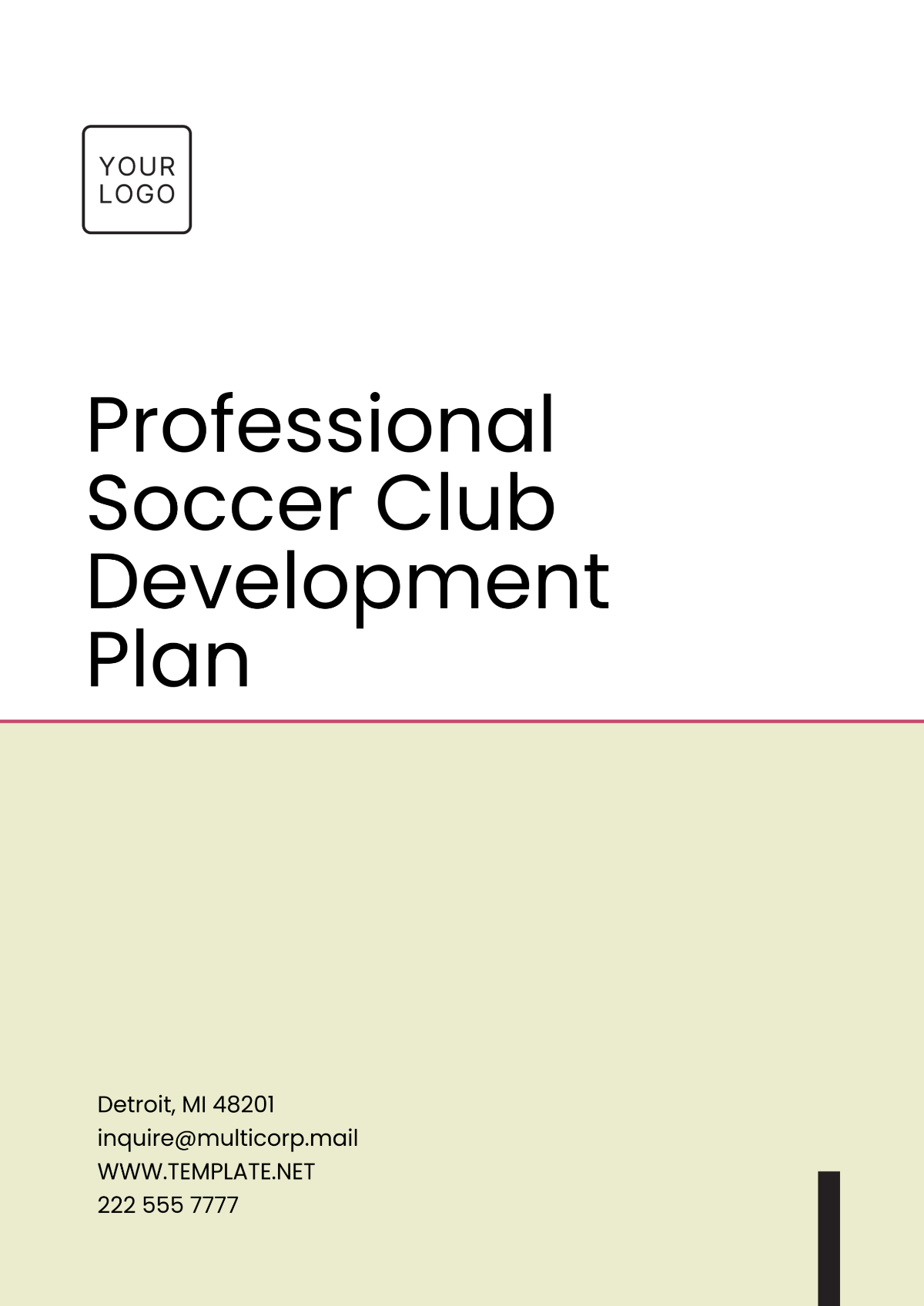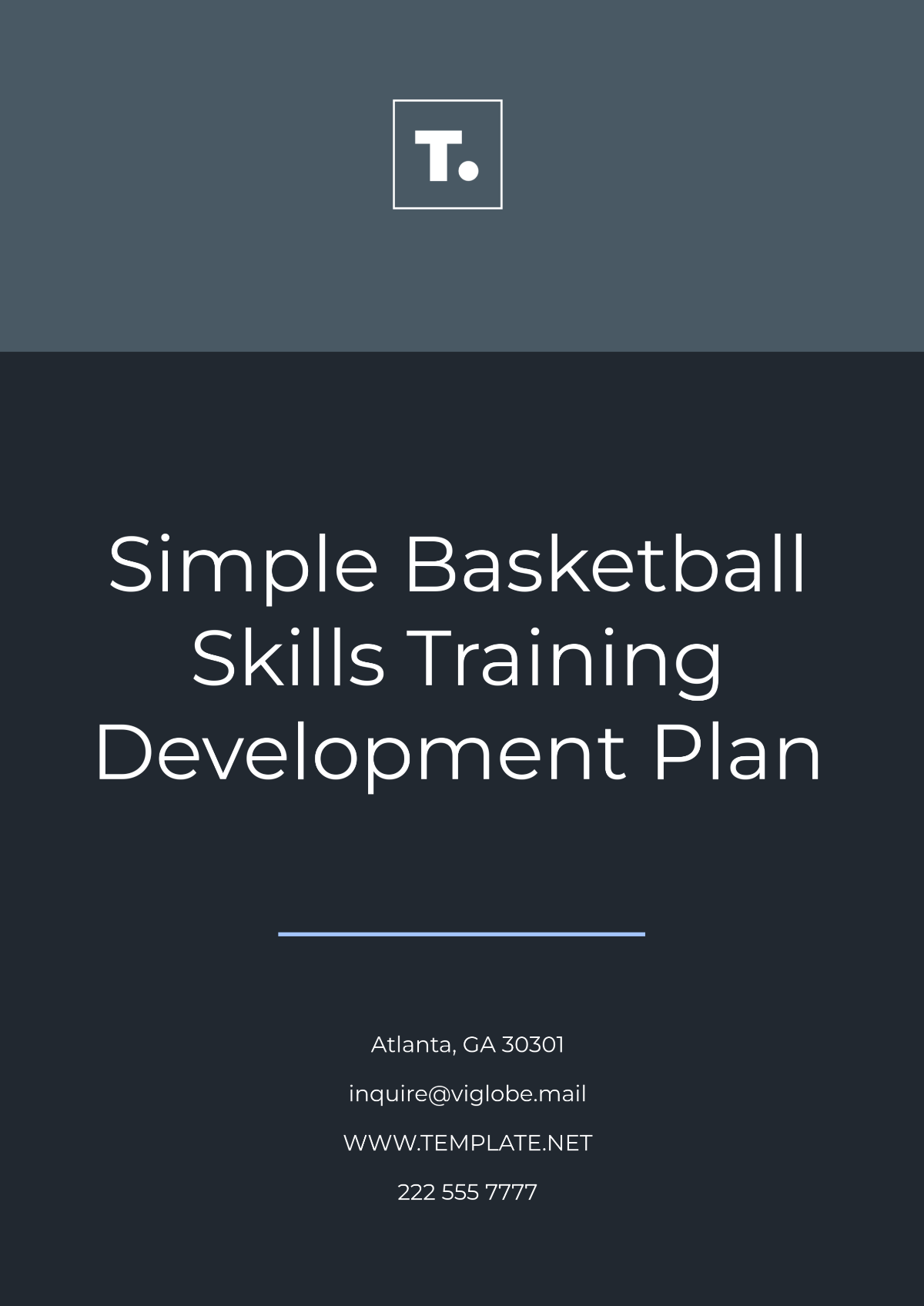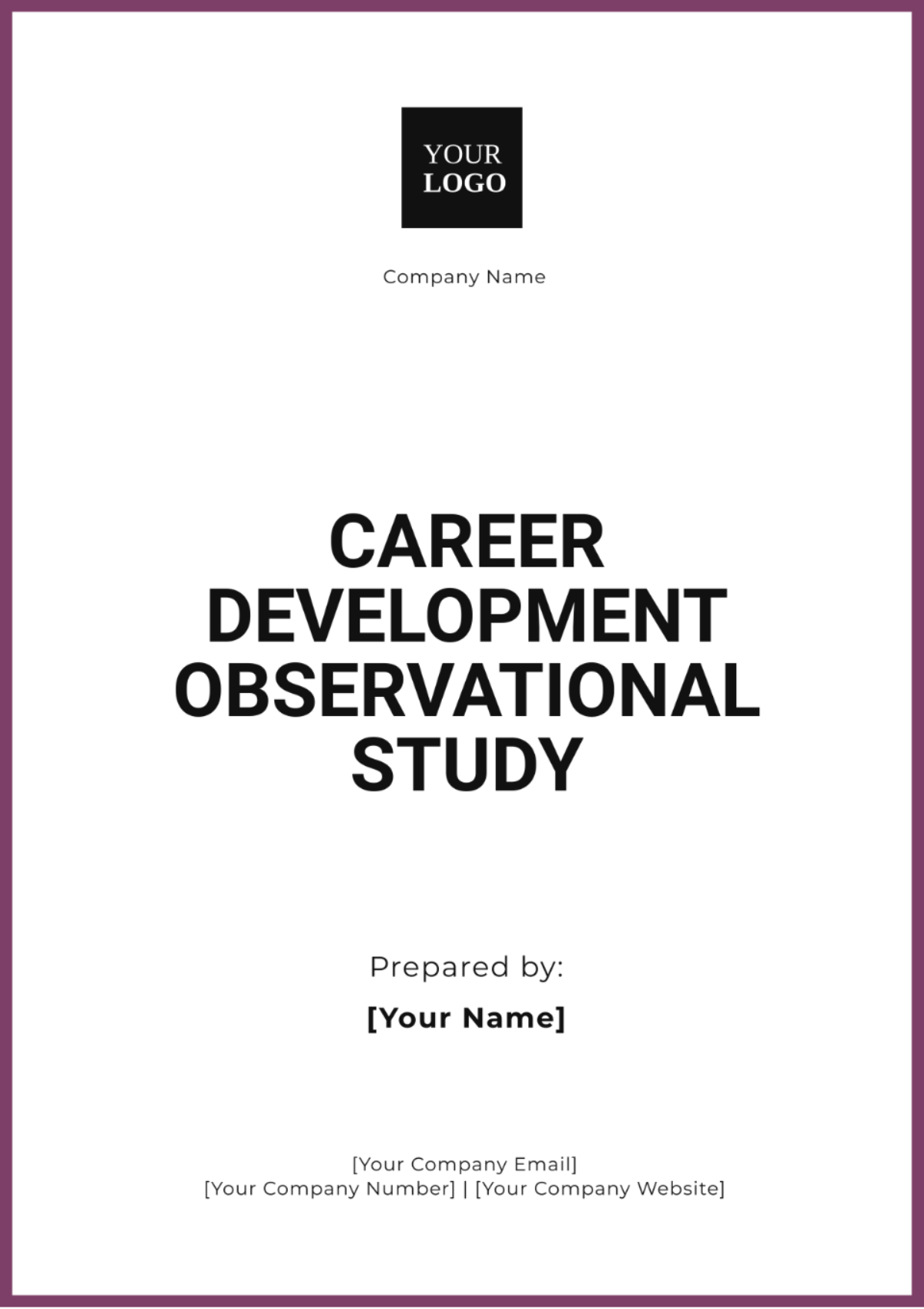Employee Learning And Development Plan
Written by: [Your Name]
This Development Plan was crafted by [Your Name], reflecting the ethos of [Your Company Name]. This integrated approach aims to create a compelling narrative that not only embodies our brand's unique identity but also underscores our unwavering commitment to employee growth and organizational excellence.
I. Introduction
A. Purpose
At [Your Company Name], we recognize that the continuous learning and professional growth of our employees are paramount to our success.
Thus, this Employee Learning and Development Plan is meticulously designed to outline strategies and activities that foster a culture of learning, enhance employee skills, and elevate overall organizational performance. By investing in our employees' development, we invest in the future of our company.
B. Scope
This plan applies comprehensively to all members of the [Your Company Name] family, encompassing formal training programs, informal learning opportunities, and on-the-job development activities. Regardless of role or tenure, every employee is integral to our collective journey of growth and innovation.
II. Employee Learning Objectives
A. Short-Term Objectives
Enhance job-specific skills and knowledge essential for performing current roles with excellence. For instance, sales representatives may focus on mastering new sales techniques, while engineers may deepen their understanding of emerging technologies.
Facilitate seamless new hire onboarding and acclimatization, ensuring that each new team member feels supported and equipped to contribute from day one.
B. Long-Term Objectives
Prepare employees for future leadership roles and increased responsibilities through targeted leadership development programs, mentorship initiatives, and exposure to strategic projects.
Foster cross-departmental knowledge and collaboration to cultivate a culture of innovation and shared learning across the organization.
III. Development Methods
A. Formal Training Programs
Engage in interactive classroom-based training sessions tailored to specific job roles and skill sets, providing hands-on learning experiences and opportunities for practical application.
Access e-learning courses via our intuitive learning management system, offering flexibility and convenience for self-paced learning and skill enhancement.
B. Informal Learning Opportunities
Participate in mentoring and coaching sessions facilitated by experienced leaders within the organization, providing invaluable guidance, insights, and career advice.
Attend industry conferences, seminars, and workshops to stay abreast of the latest trends, best practices, and innovations relevant to respective roles and industries.
C. On-the-Job Development
Embrace job rotations to gain multifaceted experience across different departments and functions, fostering a holistic understanding of the organization and promoting cross-functional collaboration.
Contribute to task force assignments on strategic projects, offering opportunities for hands-on learning, problem-solving, and innovation while addressing critical business challenges.
IV. Implementation Timeline
A. Initial Phase (2050-2051)
Launch the e-learning platform by Q2 2050 to provide employees with convenient access to a diverse range of learning resources.
Complete job-specific classroom-based training sessions by Q4 2050, ensuring that employees acquire essential skills and knowledge aligned with their roles.
B. Mid-term Phase (2052-2053)
Roll out the mentorship program by Q1 2052, pairing employees with seasoned mentors to facilitate professional growth, skill development, and career advancement.
Initiate the first round of job rotations by Q3 2053, offering employees opportunities to broaden their skill sets, explore new roles, and contribute to organizational effectiveness.
C. Long-term Phase (2054 and beyond)
Continuously evaluate and revise learning programs to align with evolving business goals, industry trends, and employee feedback, ensuring relevance and effectiveness.
Foster a culture of continuous improvement by enhancing informal and on-the-job development methods, leveraging employee insights and best practices to optimize learning experiences.
V. Evaluation and Feedback
A. Metrics for Success
Measure employee satisfaction scores through annual surveys, gauging perceptions of the effectiveness, relevance, and impact of learning and development initiatives.
Track performance improvement metrics through quarterly reviews, assessing the acquisition and application of new skills, competencies, and knowledge in job performance.
B. Feedback Mechanisms
Facilitate regular feedback sessions between employees and managers, providing opportunities for dialogue, reflection, and alignment of individual development goals with organizational objectives.
Solicit suggestions and input through monthly team meetings, fostering a culture of transparency, collaboration, and continuous improvement.
VI. Conclusion
In conclusion, this Employee Learning and Development Plan reaffirms [Your Company Name]'s unwavering commitment to nurturing talent, fostering growth, and driving innovation. By empowering our employees with the resources, opportunities, and support they need to thrive, we pave the way for a brighter, more prosperous future for both our people and our organization.














